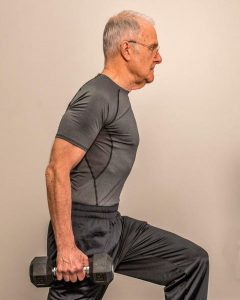Want to fight off old age? Get into functional fitness
Functio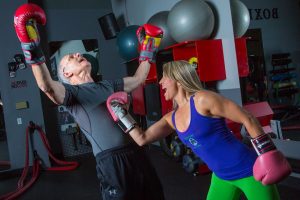 nal fitness is a phrase that’s been kicking around for some years now. In fact, it regularly shows up on those lists of top fitness trends we see every January.
nal fitness is a phrase that’s been kicking around for some years now. In fact, it regularly shows up on those lists of top fitness trends we see every January.
But how many people know what it means, let alone think about what it might mean to them? If you’re feeling stiffer, more achy, weaker, less sure-footed, or less agile than you used to be, functional fitness is a concept you need to know.
Simply put, functional fitness means training your body for the activities of daily life. It’s not about looking good in a bathing suit or outcompeting your younger neighbor. It’s a practical approach designed to help you handle everyday movements with ease, and without pain or risk of injury, no matter what your age.
How do you get there? Cardio sessions and yoga classes are good, but they’re not enough. What’s needed is a holistic approach that addresses five dimensions of your body’s functioning:
Core strength & stability – Your core muscles are your body’s support structure; they’re also the drivers and stabilizers for everything you do. A weak core increases risks of falling and is often the root cause of back pain. 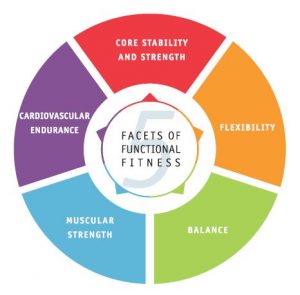
Flexibility – When joints are stiff and muscles are shortened by inactivity, movements are limited or distorted. Some muscles are underused and other overused, leading to aches, pains, and injuries.
Balance –Balance issues are often overlooked in fitness routines, but shouldn’t be. One in three Americans over 65 suffers a fall each year.
Muscular strength – As we age, we steadily lose lean muscle mass if we’re not doing something to build it–and those losses accelerate after the age of 50. That’s why strength training is even more important for older people than for younger adults. (Here’s my advice on how to get started.)
Cardiovascular endurance – Regularly challenging your cardiovascular system is essential to being fit. The sweet spot is an intensity level you can maintain for 30 minutes but still elevates your heart rate and breathing.
In future posts I’ll talk about what to do for functional fitness and how to get it all done efficiently. If you want the whole story, you can find it in Chapters 3 and 4 of my book, Just Move!
Image: Black Swan Photographers
 Your favorite chair is not your friend
Your favorite chair is not your friend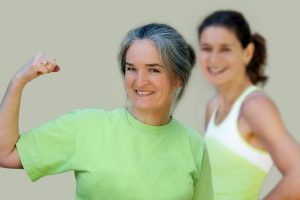 Mother’s Day is a perfect occasion let your mom or mother-in-law know you want her to be healthy, happy, and vigorous for years to come. If she’s not already doing something to stay fit, it’s not too late—and you can help! Joining her in a walk, a stretch, or a workout is a great way to celebrate the holiday. You can also encourage her to take steps toward a well-rounded fitness program, keeping a few basic principles in mind.
Mother’s Day is a perfect occasion let your mom or mother-in-law know you want her to be healthy, happy, and vigorous for years to come. If she’s not already doing something to stay fit, it’s not too late—and you can help! Joining her in a walk, a stretch, or a workout is a great way to celebrate the holiday. You can also encourage her to take steps toward a well-rounded fitness program, keeping a few basic principles in mind.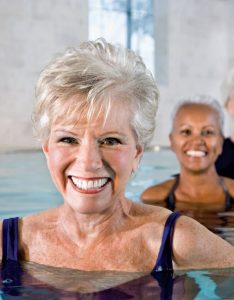
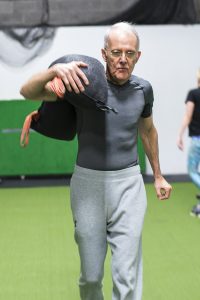 What the science tells us
What the science tells us 